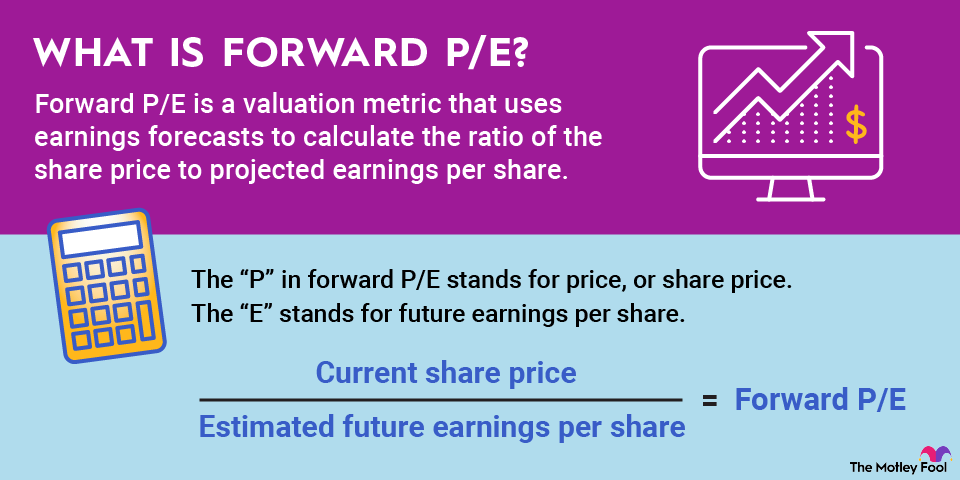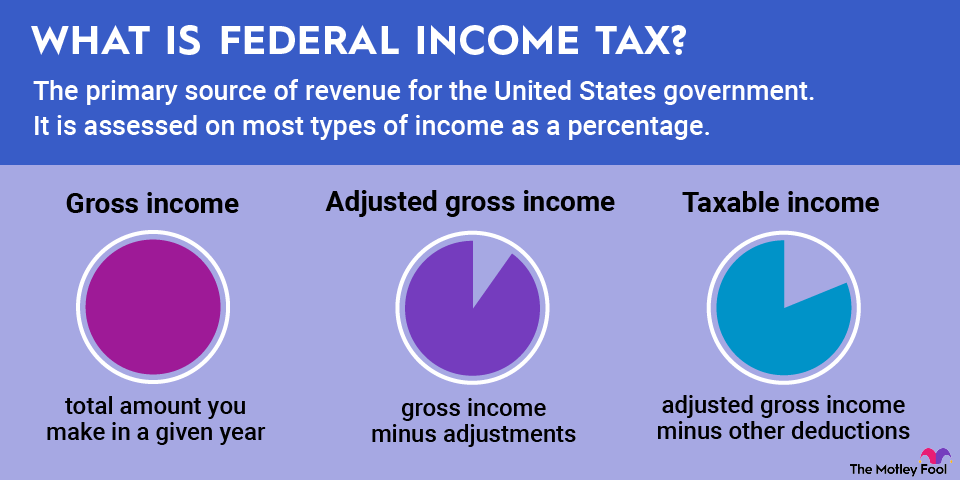A stock float is a little-understood term often overlooked by beginning investors. It simply refers to the number or percentage of shares that are available for public investors to buy and sell. Although it may sound like more noise that's far less important than many other metrics used to value a stock, float can be a critical piece of information for investors. We'll dig into stock floats here and tell you why they're information that you might find useful.

What is a stock float?
A stock float is simply the number or percentage of shares that are available to public investors. Three classes of stock aren't included in the float:
- Stocks held by company insiders.
- Stocks kept on a company's books.
- Restricted stock units (RSUs) that aren't available for sale.
Although technically not part of a stock float, you should also keep an eye on other investors who trigger reporting requirements to the U.S. Securities and Exchange Commission (SEC) by acquiring more than 5% of outstanding shares or who have held a particular stock for a lengthy period.
Investors also should be aware of the differences among related terms. Authorized shares, for example, refer to how many shares of stock a company could issue if needed. The number of authorized shares is always greater than the number of outstanding shares, which provides the total number of existing shares, including those held by insiders, the company, or restricted stock owners. In turn, the number of outstanding shares is always greater than the float since the float doesn't include shares held by insiders, the company, or restricted stock owners.



















